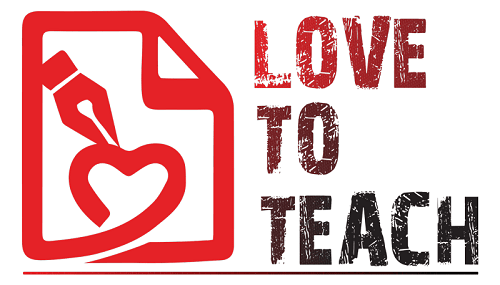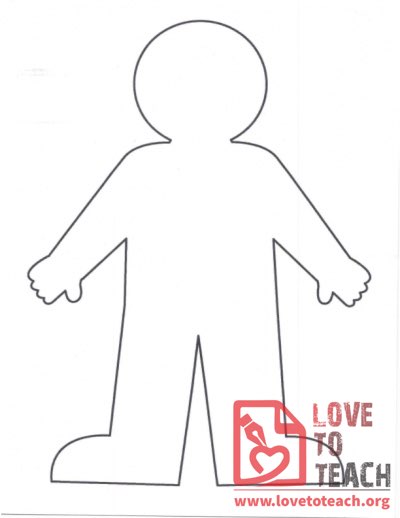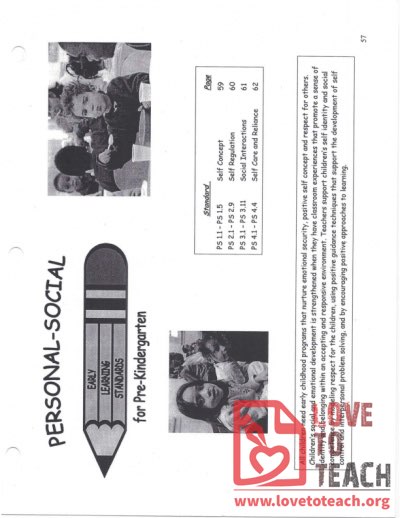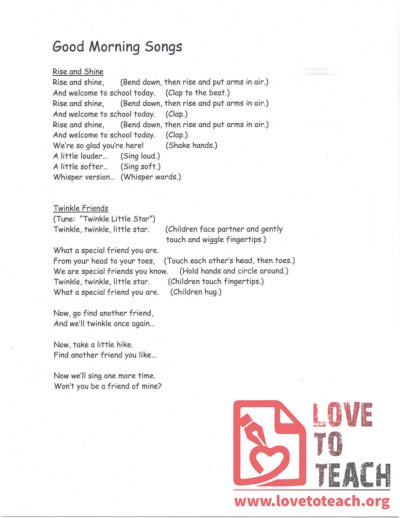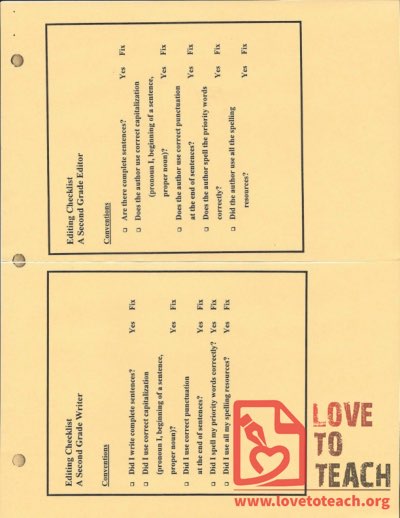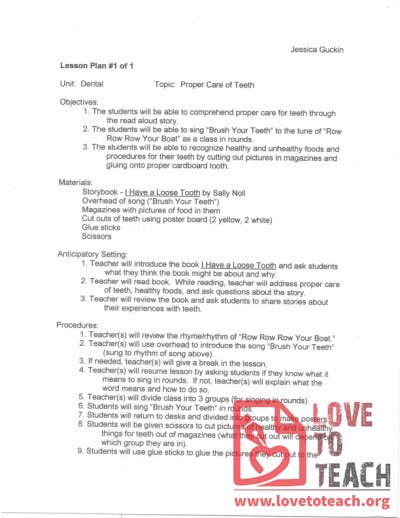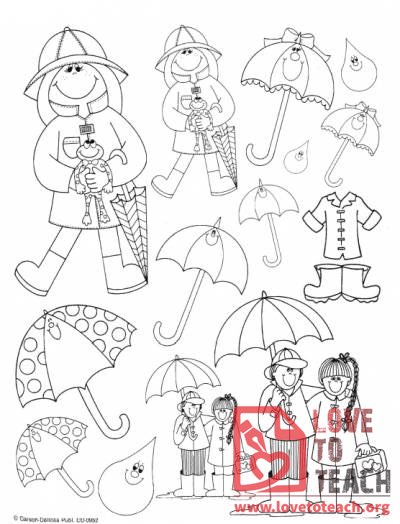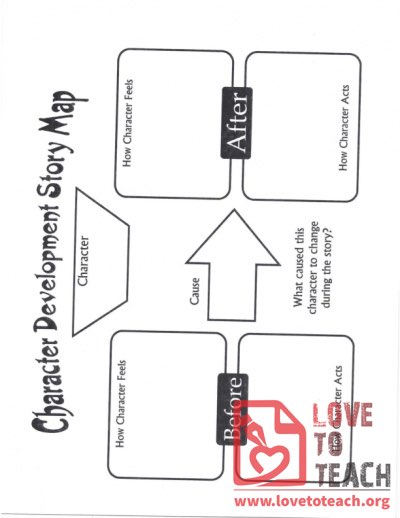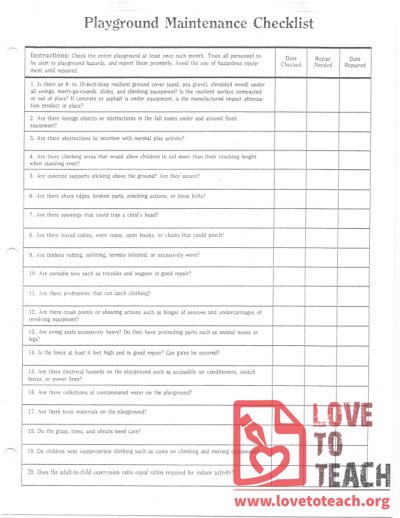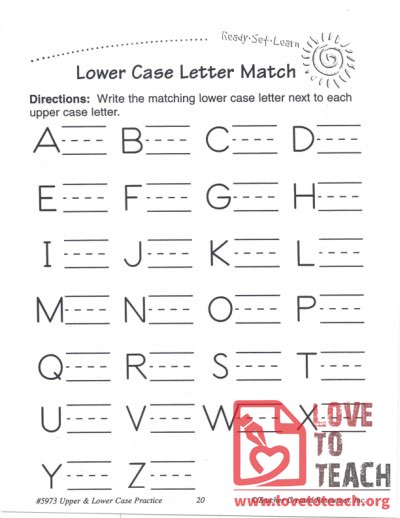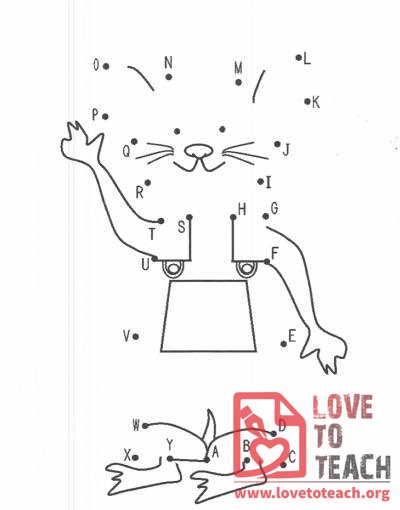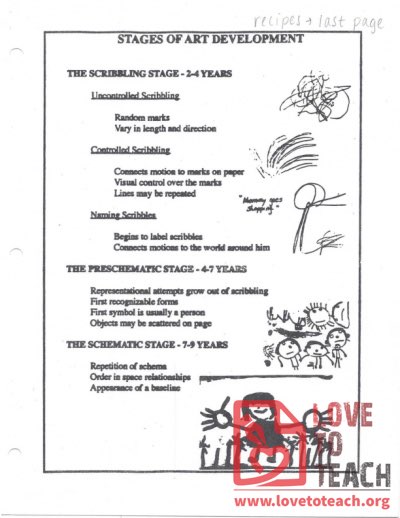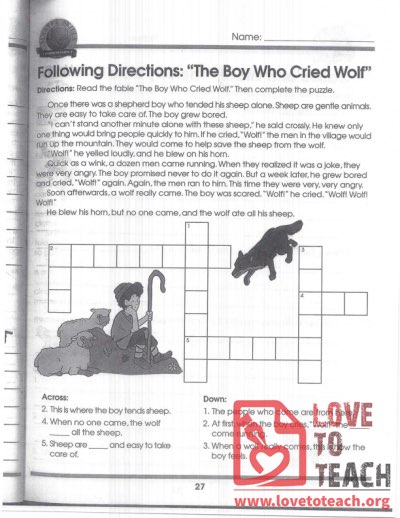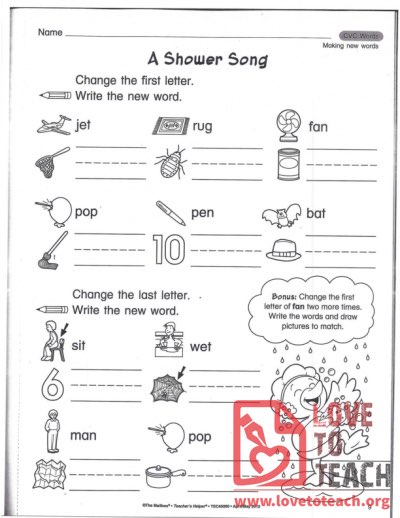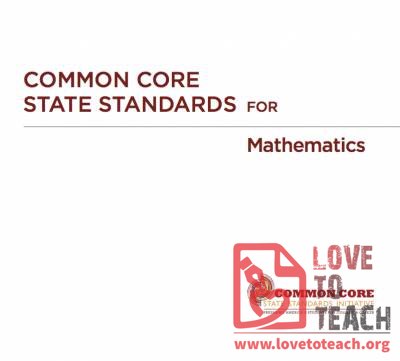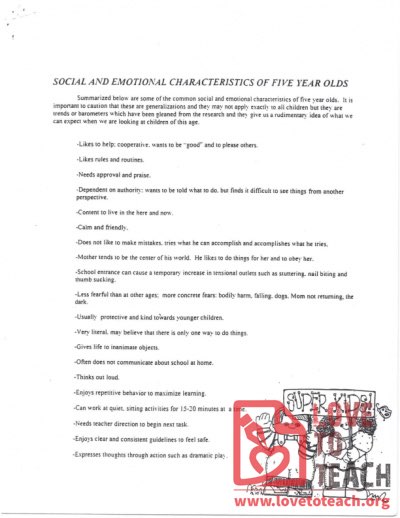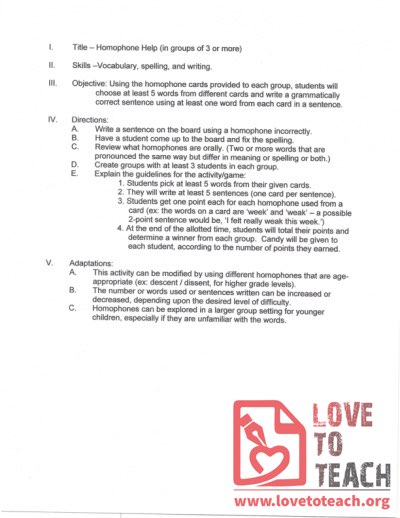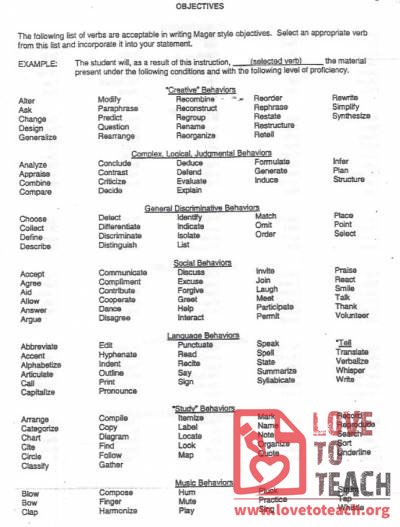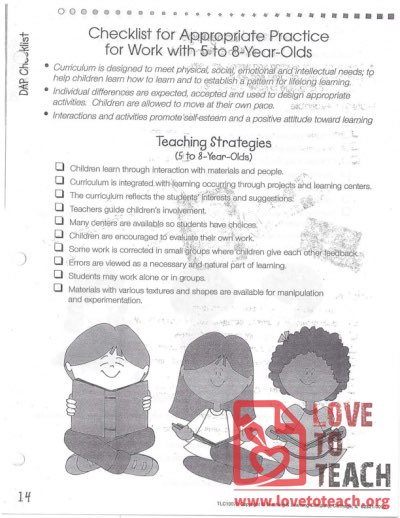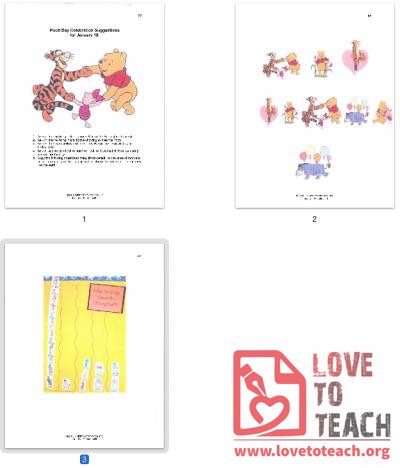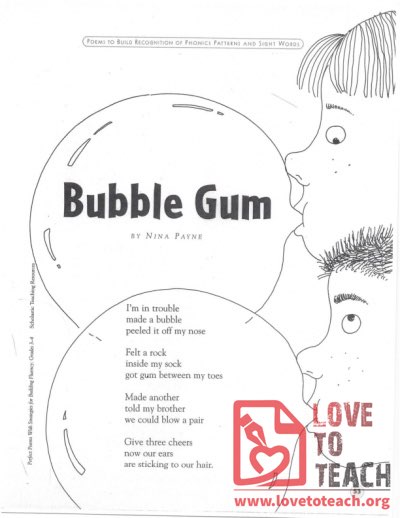Teaching Tools (697)
Whether you're a seasoned educator or just starting out, our collection of tools is designed to support and streamline your teaching journey. From classroom management aids to lesson planning templates, assessment tools, and beyond, we've got everything you need to create engaging and effective learning environments. Explore our diverse range of resources, carefully curated to help you save time, organize materials, and inspire student success. Join us as we empower educators with the tools they need to thrive in the classroom and beyond!
This worksheet is the outline of a person. It can be used to draw faces, clothes or just to color.
This document shows the early learning standards that should be taught to students in pre-kindergarten. It contains standards for social concepts, self-regulation, social interactions and self-care and reliance. The categories show indicator, examples and supportive practices to follow.
The Good Morning Songs is a list of songs that are centered around the morning. It includes Rise and Shine, Twinkle Friends, Hello Neighbor, Shake a Hand, Time to Get Up, Hello Friends! Morning Stretches, Hello Song, If You're Happy and You Know It and I Like to Come to School.
The editing checklist for second graders will help students improve their writing. It has several categories for the student to focus on. The categories are conventions, focus, content, organization and style. It has questions for both the student and teachers to answer.
This lesson plan will teach children about proper teeth care. It has a list of materials that can be used and procedures to teach the lesson.
Download pictures ranging from clothing items and rain drops, all weather-related!
The Character development story map will help students develop their characters. It gives the students prompts to answer while developing the characters.
Playground safety checklist: 8 inch deep resilient ground cover under all swings, merry go rounds, slides, etc; Foreign objects; Obscructions; climbing height; concrete supports; sharp edges, openings, frayed cables, timbers, portable toys, crush points, fence...
This worksheet will teach students to match lower case letters to upper case letters. It will also teach them how to write the lowercase letters.
Reinforce the alphabet with this connect the dots activity!
In this crossword activity the students will read the paragraph "The Boy Who Cried Wolf". Once they read the story they will use the information to answer questions and fill in the crossword puzzle.
This worksheet teaches students how to spell. Changing the first letter in the current word to create the correct word for the second picture.
Common Core State Standards in Mathematics, K-12
Some of the common social and emotional characteristics of five year olds. It is important to caution that these are generalizations and they may not apply exactly to all children but they are trends or barometers which have been gleaned from the research and they give us a rudimentary idea of what we can expect when we are looking at children of this age.
I. Title - Homophone Help (in groups of 3 or more) II. Skills -Vocabulary, spelling, and writing. Ill. Objective: Using the homophone cards provided to each group, students will choose at least 5 words from different cards and write a grammatically correct sentence using at least one word from each card in a sentence. IV. Directions: A. Write a sentence on the board using a homophone incorrectly. B. Have a student come up to the board and fix the spelling. C. Review what homophones are orally. (Two or more words that are pronounced the same way but differ in meaning or spelling or both.) D. Create groups with at least 3 students in each group. E. Explain the guidelines for the activity/game: V. Adaptations: 1. Students pick at least 5 words from their given cards. 2. They will write at least 5 sentences (one card per sentence). 3. Students get one point each for each homophone used from a card (ex: the words on a card are 'week' and 'weak' - a possible 2-point sentence would be, 'I felt really weak this week.') 4. At the end of the allotted time, students will total their points and determine a winner from each group. Candy will be given to each student, according to the number of points they earned. A. This activity can be modified by using different homophones that are ageappropriate (ex: descent I dissent, for higher grade levels). B. The number or words used or sentences written can be increased…
Use this helpful handout to avoid repetitive standards. (3 pages)
This curriculum is designed to meet physical, social, emotional and intellectual needs of children 5-8-years-old. It will help the students learn how to learn and to establish a pattern of lifelong learning.
Bubble gum poem by Nina Payne. Helps to build recognition of phonics patterns and sight words.
Page 8 of 35
